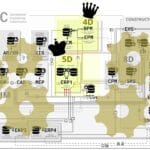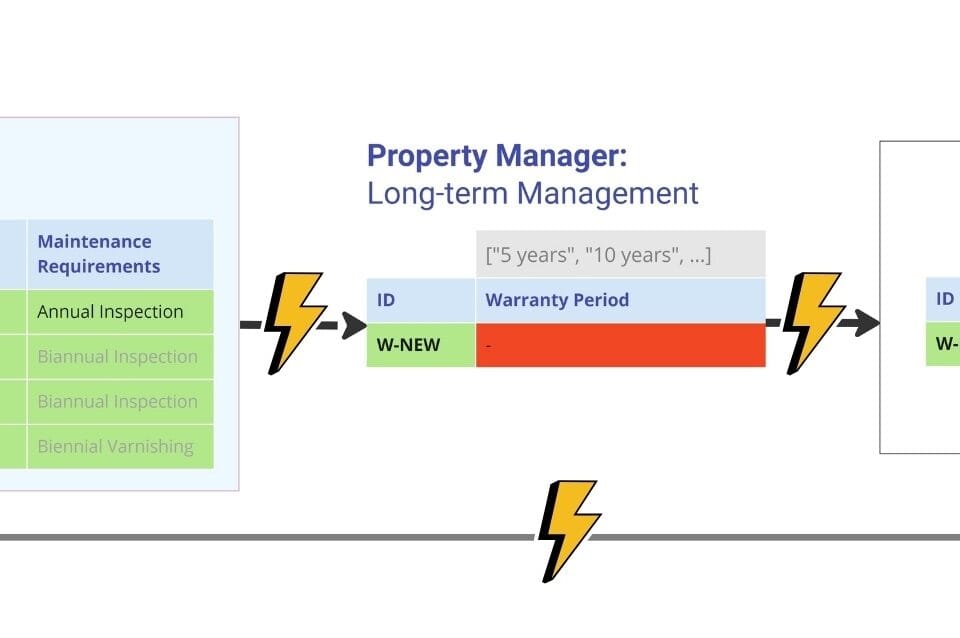In this part we looked at how to convert unstructured data into a structured format, develop data models and organize processes for checking the quality of information in construction projects. Data management, standardization and classification is a fundamental process that requires a systematic approach and a clear understanding of business requirements. The techniques and tools discussed in this part allow for reliable integration between different systems throughout the entire lifecycle of an object.
To summarize this part, let’s highlight the main practical steps that will help you apply the discussed approaches in your daily tasks:
Start by systematizing the requirements
- Create a registry of attributes and parameters for key elements of your projects and processes
- Document the boundary values for each attribute
- Visualize processes and relationships between classes, systems and attributes using flowcharts (e.g. in Miro, Canva, Visio)
Automate data conversion
- Check which of your documents that are frequently used in processes can be digitized with OCR libraries and translated into tabular form
- Check out reverse engineering tools to extract data from CAD (BIM)
- Try setting up automatic data retrieval from documents or formats you frequently use in your work to a table form
- Set up automatic conversions between different data formats
Create a knowledge base for categorization
- Develop an internal or use an existing element classifier aligned with industry standards
- Document the interrelationships between different classification systems
- Discuss with your team the topic of using a unified system of identification and unambiguous classification of elements
- Start building a process to automatically validate data – both that which you work with within the team and that which is passed to external systems
By using these approaches, you can significantly improve the quality of your data and simplify its subsequent processing and transformation. In the following parts of this book, we will look at how to apply already structured and prepared data for automated calculations, cost estimation, scheduling and construction project management.




















